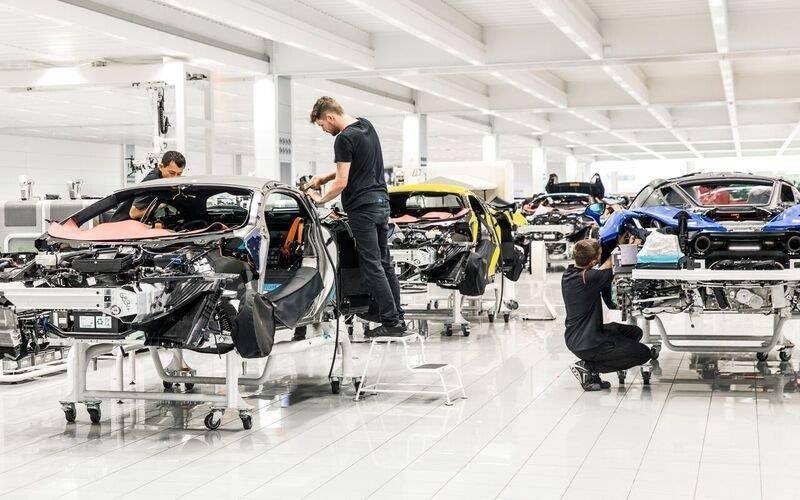
McLaren Revamps Supercar Production with Cutting-Edge Aerospace Tech
Surrey, England – September 1, 2025 — McLaren Automotive is accelerating into the future by integrating state-of-the-art aerospace-grade manufacturing into its supercar production, marking a significant leap in automotive engineering and craftsmanship.
Automated Rapid Tape (ART) Carbon-Fibre Revolution
At its new Composites Technology Centre in Sheffield, McLaren has implemented Automated Rapid Tape (ART) technology—adapted from aircraft-grade composite manufacturing. This high-rate robotic tape-layup system allows McLaren to produce carbon-fibre components with far greater precision, reduced material waste, and enhanced structural performance ft.com+15automotiveworld.com+15advancedcarbonscouncil.org+15.
ART carbon components are up to 10% stiffer than traditionally crafted parts and feature optimized fibre orientation to match load demands automotiveworld.com+1futurride.com+1.
Material efficiency improves dramatically, with up to 95% of tape utilized and significantly less off-cut waste automotiveworld.com+1futurride.com+1.
This leap in process control means lighter, stronger, and more consistent chassis and aerodynamic parts—cornerstones for McLaren’s performance ethos.
W1 Hypercar: Art Carbon Debuts
The debut of ART carbon is showcased in the structural elements of the super-exclusive McLaren W1 hypercar, a 399‑unit limited series launching in 2025 news.mclarenhouston.com+14automotiveworld.com+14mclarenchicago.com+14.
Structural innovations include a next-gen Aerocell carbon monocoque built using ART carbon, delivering unparalleled rigidity and weight reduction wired.com.
ART carbon is used in the active front wing, enabling ground-effect aerodynamics and up to 1,000 kg of downforce wired.com+6mclarenchicago.com+6futurride.com+6.
The W1 also features a high-performance powertrain: a new twin-turbo V8 paired with an electric motor producing around 1,258 hp and hitting 0–62 mph in just 2.7 seconds with a top speed of 217 mph dallasinnovates.com+6en.wikipedia.org+6motor1.com+6.
Broader Production Strategy: Track25 & Hybrid Plans
These manufacturing advancements are part of McLaren’s broader Track25 roadmap, aiming to launch 18 new models by 2025, shift the lineup entirely to electrified hybrids, and boost annual output to roughly 6,000 units burnpavement.com+2just-auto.com+2motortrend.com+2.
Future vehicles will leverage MCLA (McLaren Carbon Lightweight Architecture) platforms enhanced by ART carbon, delivering performance and efficiency across the range advancedcarbonscouncil.org+5velocityjournal.com+5en.wikipedia.org+5.
McLaren’s overhaul also encompasses new OTA software capabilities and advanced driver-assist systems, bringing modern tech into its lineup .
Why It Matters
By translating aerospace-level composite manufacturing into its supercar production, McLaren is redefining industry benchmarks in chassis precision, weight efficiency, and dynamic performance. These processes are already being put into practice on halo vehicles like the W1 and soon will trickle down to mainstream models such as the Artura and its Spider variant.
McLaren CEO Michael Leiters emphasized the significance: “Carbon fibre remains integral to our DNA… this aerospace-grade technology unlocks further gains in every area.” mclarenchicago.com+1autos.yahoo.com+1
In Summary
McLaren’s infusion of aerospace-derived ART carbon tech marks a bold evolution in supercar manufacturing—lighter, stronger, waste-minimizing, and poised to elevate performance across the board. As ART-enabled models hit the road from 2025 onward, McLaren could establish itself as the new power standard in supercar engineering.
